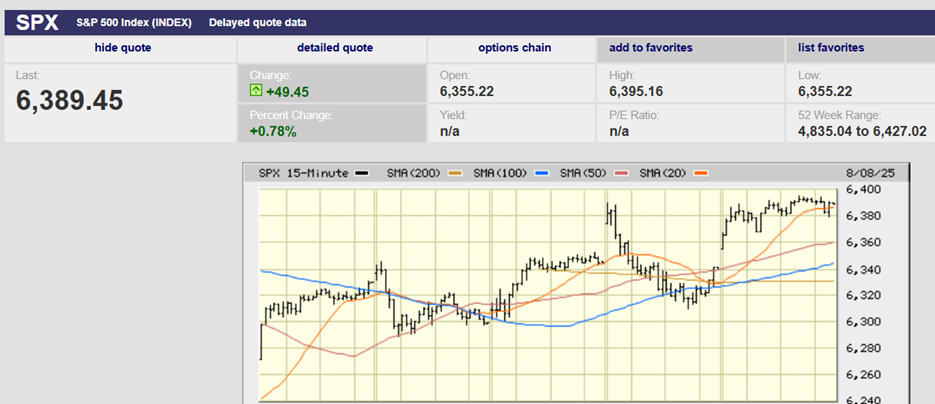The Department of Labor (DOL) wants you to benchmark your plan for reasonableness – at least every three years. A benchmark report helps during a DOL audit.
Benchmarking will tell you:
- Who provides services to your plan, as well as the actual fees charged. (Third-Party Administrator, Record Keeper, Custodian, Plan Advisor, Investments).
- What services are provided and whether the plan is actually receiving those services.
- Whether your plan is designed to take full advantage of ERISA provisions to cost-effectively maximum participation and contributions in the most tax efficient manner.
- Whether your plan is designed to minimize compliance issues as well as identifying existing compliance issues.
- How your plan compares to other plans.
- Are plan costs reasonable? Is the plan design appropriate? Are there compliance issues?
A benchmark report should answer all three questions. ERISA considers the plan sponsor a fiduciary and fiduciaries should know who is getting paid, how much they are getting paid, and what services plan participants are receiving for the valuable retirement dollars coming (primarily) out of participants’ plan assets. (Fees are usually hidden and plan sponsors are often shocked at a plan’s true costs.) A plan sponsor should also know whether plan design is appropriate for its workforce and why it’s appropriate. Finally, plan sponsors should understand what is required to maintain the plan’s qualified status – compliance doesn’t just happen. A benchmark report will give plan sponsors the information they need to ensure they maintain a reasonable 401k plan.
Plan Costs: Norwood Economics has found that cost savings of 40% to 50%, on an all-in basis, are almost always available to the plan sponsor, savings that stay in participant accounts earning a return, making it more likely that participants will achieve their retirement goals.
Plan Design: Poorly designed plans can result in low participation rates and low accumulation rates, doing little to impact employee quality or retention – one major incentive for establishing a 401k plan in the first place. The number one trigger for a DOL audit is an employee complaint, which all too frequently occurs when 401k plans aren’t properly designed.
Compliance: Benchmarking includes a compliance review that frequently uncovers compliance issues resulting from improper plan administration.











